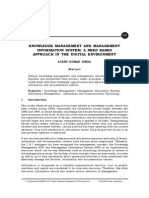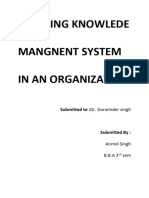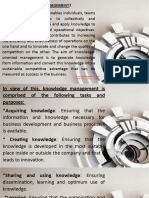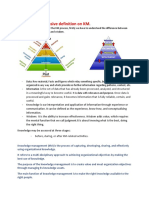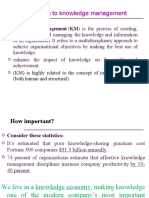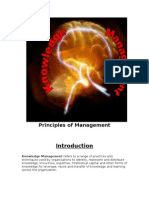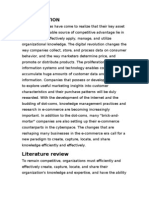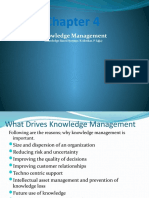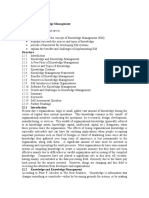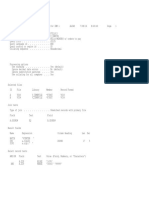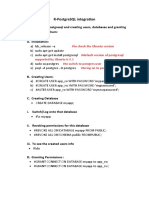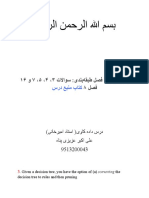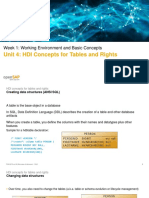0% found this document useful (0 votes)
265 views63 pagesKnowledge Management Essentials
The document outlines the key elements of a knowledge management system:
1) Knowledge creation and capture - involving generating new knowledge through interactions, creativity, and innovation. New knowledge must be captured both explicitly (e.g. reports) and tacitly (e.g. discussions).
2) Knowledge sharing and enrichment - the most important element, as sharing allows knowledge to be refined and enriched through debate. Proper facilitation and culture is needed for sharing.
3) Information storage and retrieval - knowledge must be organized and indexed for effective retrieval.
Uploaded by
st gzCopyright
© © All Rights Reserved
We take content rights seriously. If you suspect this is your content, claim it here.
Available Formats
Download as PPTX, PDF, TXT or read online on Scribd
0% found this document useful (0 votes)
265 views63 pagesKnowledge Management Essentials
The document outlines the key elements of a knowledge management system:
1) Knowledge creation and capture - involving generating new knowledge through interactions, creativity, and innovation. New knowledge must be captured both explicitly (e.g. reports) and tacitly (e.g. discussions).
2) Knowledge sharing and enrichment - the most important element, as sharing allows knowledge to be refined and enriched through debate. Proper facilitation and culture is needed for sharing.
3) Information storage and retrieval - knowledge must be organized and indexed for effective retrieval.
Uploaded by
st gzCopyright
© © All Rights Reserved
We take content rights seriously. If you suspect this is your content, claim it here.
Available Formats
Download as PPTX, PDF, TXT or read online on Scribd
/ 63













